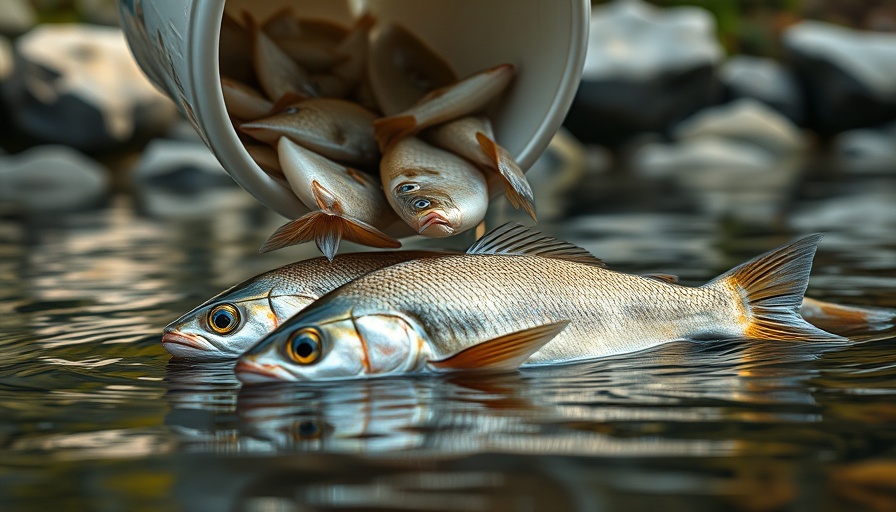
Rediscovering the Savior Fish of British Columbia
At the heart of the Nisg̱a’a Nation's culture lies the eulachon, or as they affectionately call it, the saak, which translates to "savior fish." Found in the pristine waters of the Nass River, these small but mighty smelts symbolize a vital connection to the land and an essential sustenance for the community, particularly as winter fades and spring approaches.
The Cultural and Ecological Importance of Eulachon
This revered fish has long been celebrated not just for its rich oil content, which early Indigenous inhabitants ingeniously turned into a nutrient-dense grease, but also for its significant role in the food chain. Eulachons serve as a primary food source for a plethora of wildlife, including seals, eagles, and even whales, showcasing their ecological importance that transcends their value to human communities.
A Tradition at Risk
Unfortunately, the eulachon's story echoes the plight of many fish species across the globe, facing substantial declines due to climate change, industrial impacts, and overfishing. The estimated 98% population loss in some areas has underscored the urgency of protecting this cultural icon. For generations, the Nisg̱a’a have gathered at Fishery Bay to harvest these fish, marking the spring equinox with a tradition that roots in survival.
The Efforts to Sustain the Harvest
In contrast to declining populations in other regions, dedicated research and strategic monitoring have allowed the Nisg̱a’a to maintain sustainable harvest practices. Annual spawning assessments led by local fishery experts ensure that fishing adheres to traditional ecological knowledge, crucially allowing the fish to reproduce effectively.
Community Bonds and the Future
The arrival of the eulachon is not merely about harvesting fish; it's a communal event that brings families together, fostering a deep sense of identity and heritage. This year will mark the return of the fish to the Nass River, promising hope amidst a time of uncertainty for traditional practices. Ensuring future stocks of eulachon will likely require continued cooperation between local fishermen, researchers, and government agencies to maintain the delicate balance between human needs and ecological responsibility.
Concluding Thoughts
The story of the eulachon is not only one of survival—it illustrates the resilience of the Nisg̱a’a culture and the vital connection between nature and community. Its fate hinges on collective efforts to understand, protect, and sustain its populations for generations to come.
 Add Row
Add Row  Add
Add 




Write A Comment